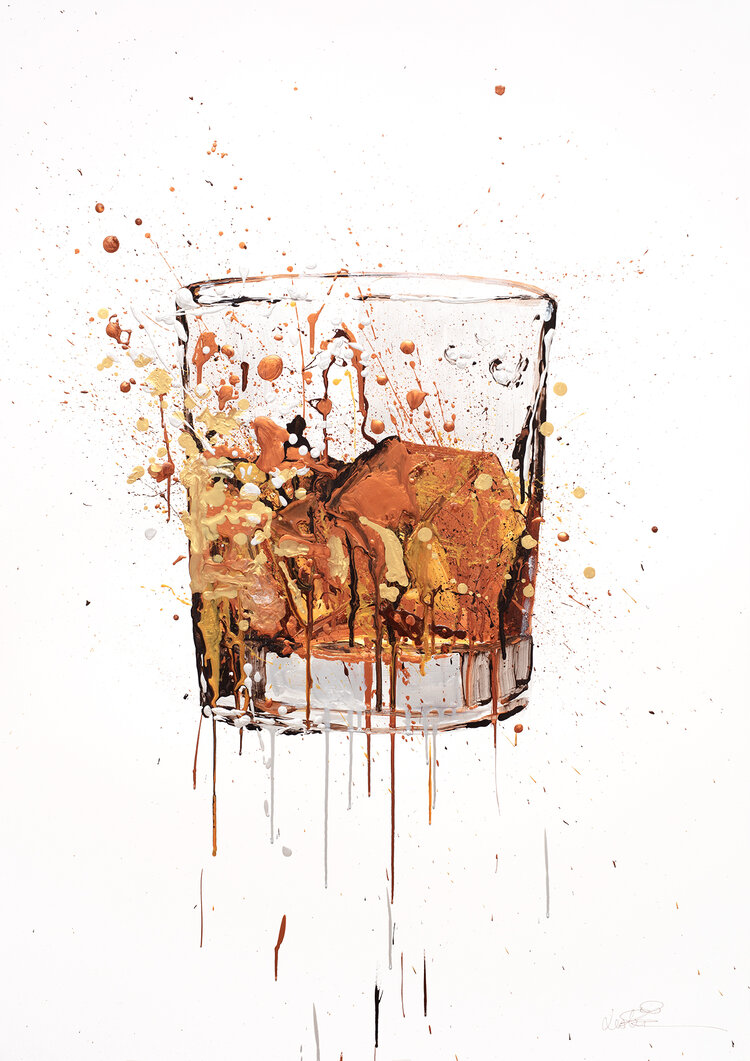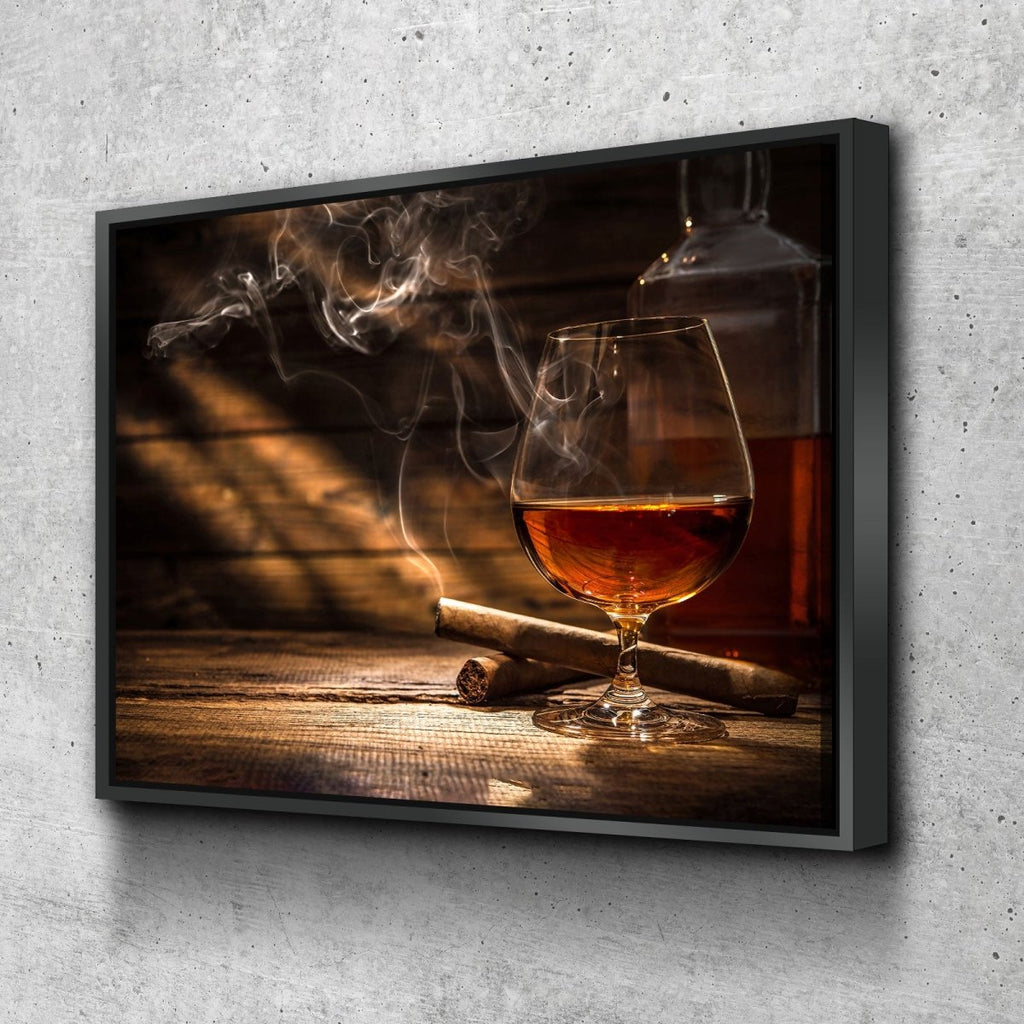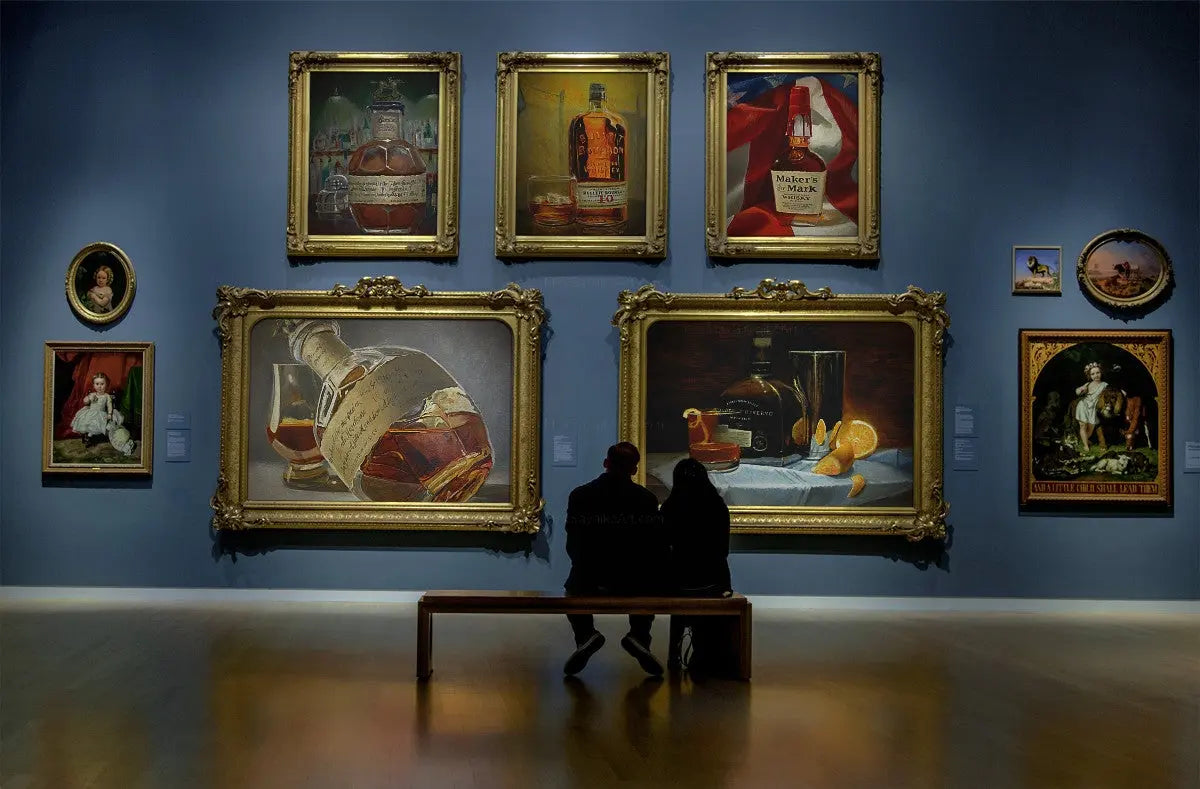Limited Edition Bourbon Art: Why Collectors Are Gathering to Unique Finds
Limited Edition Bourbon Art: Why Collectors Are Gathering to Unique Finds
Blog Article
The Value of Whiskey Art in Celebrating Heritage and Craftsmanship in the Beverage Industry
The detailed relationship in between scotch art and the celebration of heritage and workmanship within the drink industry can not be overstated. Via attentively made tags and containers, whiskey brand names encapsulate their historical origins and the artisanal abilities that define their manufacturing methods.
The Historic Roots of Whiskey
At the heart of scotch's allure lies an abundant tapestry of historic roots that map back to ancient human beings. The origins of whiskey can be connected to the distillation methods of the Sumerians and Babylonians around 2000 BCE, where very early kinds of fermented grain beverages began to emerge. It was in the Center Ages that the art of distillation developed significantly, specifically in Ireland and Scotland, leading to the creation of bourbon as we recognize it today.
The term "bourbon" itself acquires from the Gaelic word "uisce beatha," implying "water of life." This phrase highlights the social value of bourbon in Celtic societies, where it was often linked with rituals, parties, and public bonding. By the 15th century, purification became a recognized craft within reclusive communities, leading the means for the facility of legal distilleries.
As trade paths expanded, scotch's popularity grew, going beyond regional borders and capturing the interest of connoisseurs worldwide. Bourbon Art. This historical trip mirrors not only the craftsmanship behind scotch manufacturing but likewise its indispensable role in social and social contexts, noting it as a considerable drink throughout history
Artistic Expression in Branding
Scotch branding stands as a compelling crossway of creativity and business, where aesthetic identification plays an important duty in forming customer understanding. The appearances of scotch tags, product packaging, and marketing products reflect not only the brand name's tale but likewise its core worths and heritage. Through artistic expression, distilleries convey a story that resonates with consumers, stimulating feelings and triggering connections.
The use of color, typography, and images in branding serves to separate items in a saturated market. As an example, traditional themes may evoke a sense of authenticity and workmanship, while modern-day layouts can signify innovation and forward-thinking. This strategic artistic direction boosts brand recognition and loyalty, allowing customers to build a personal relationship with the whiskey they choose.
In addition, creative expression in branding frequently offers as a party of local heritage. Distilleries frequently integrate neighborhood icons or historic references into their styles, developing a local color that welcomes consumers to take part in a more comprehensive cultural experience. Inevitably, the artistry behind scotch branding not only boosts aesthetic appeal however additionally improves the general story of the brand name, cultivating a deeper admiration for the craftsmanship and heritage ingrained in each bottle.
Craftsmanship in Container Design
The creativity apparent in scotch branding expands beyond visual identification to include the workmanship involved in bottle design. Each container offers as a vessel not simply for the spirit within, yet likewise for the story it outlines its tradition, quality, and beginning. The design procedure calls for meticulous interest to information, as elements such as closure, form, and material add considerably to the total perception of the scotch.
Craftsmanship Web Site in container style includes picking high-grade glass that can enhance the whiskey's color and clarity, while likewise giving a tactile experience for the customer. The silhouette of the container should be both visually attractive and useful, frequently mirroring the heritage of the brand. Several distilleries choose distinct shapes or embossed logo designs that stimulate a sense of authenticity and history.
Additionally, the tag design and typography play a critical role in interacting the brand name's story. Limited Edition. A well-crafted container not just mesmerizes the customer's eye but also enhances the brand name's commitment to high quality and practice. This way, the craftsmanship of bottle style comes to be an essential facet of the bourbon experience, combining virtuosity with an extensive regard for heritage
Cultural Value of Whiskey Art
Celebrating custom and craftsmanship, the cultural relevance of bourbon art transcends plain looks, intertwining with the social and historical narratives of the regions from which it originates. Each container acts as a canvas, illustrating the distinct tales, mythology, and customs that have actually formed regional whiskey-making practices. The complex layouts frequently mirror the heritage of the distillers, including icons and themes that reverberate with the culture and values of their areas.

Additionally, whiskey art plays a vital duty in communal celebrations and parties, serving as a substantial web link in between individuals and their shared experiences. By valuing the artistry in scotch packaging, customers cultivate a much deeper understanding and regard for the craft, eventually enhancing their satisfaction of the drink itself.
Modern Trends in Bourbon Presentation
Over the last few years, the discussion of bourbon has advanced to show contemporary preferences and trends while still recognizing typical workmanship - Whiskey Art. Distilleries are progressively concentrating on aesthetic aspects that boost the general drinking experience, bridging the space between heritage and modernity
Ingenious bottle layouts have emerged, usually including lasting products and imaginative labels that tell engaging tales. Many brands currently collaborate with neighborhood musicians, infusing their products with special visual expressions that resonate with consumers. Furthermore, limited-edition releases are usually packaged in collectible containers, adding worth and appeal read review for aficionados.

Conclusion
In final thought, whiskey art offers as an important channel for revealing the heritage and workmanship inherent in the drink industry. Through intricate branding, ingenious container styles, and culturally considerable imaginative aspects, scotch brands properly honor their practices and connect with customers.


Workmanship in container design entails choosing high-grade glass that can improve the bourbon's shade and quality, while also giving a tactile experience for the consumer. In this way, the craftsmanship of bottle layout ends up being an important element of the bourbon experience, merging virtuosity with an extensive respect for heritage.
In final thought, scotch art offers as a crucial channel for expressing the heritage and workmanship inherent in the beverage sector.
Report this page